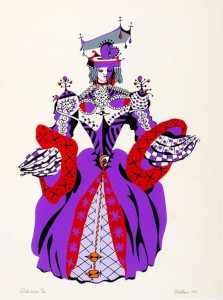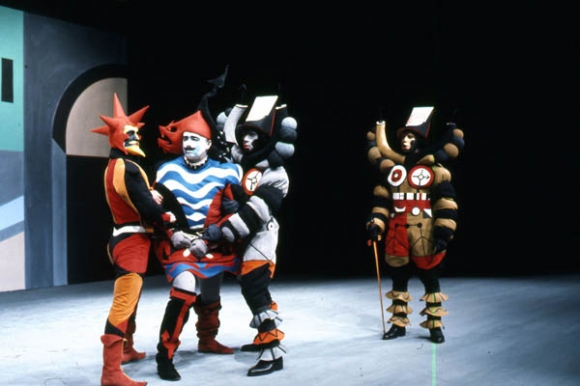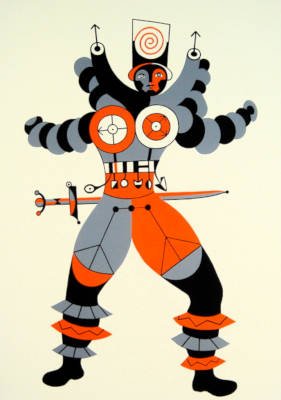Costumes and screen prints inspired by this play
Pellan & Shakespeare: Twelfth Night

sold
“Twelfth Night” by Shakespeare play was presented by the companions of Saint-Laurent on the stage of Gesu in Montreal in 1946 then taken up by the Théâtre du Nouveau Monde at the Port-Royal theater in the square des Arts in December 1968 and January 1969
Female Costumes
Olivia – Dress
Maria – Dress
Viola – Dress
Next – Dress
Male Costumes
Valentin – Pants, jacket, sleeveless shirt
Malvilo – Jumpsuit
Fabien – Pants, jacket, shirt
Le Fou – Pants, jacket
Sir Tobie – Jumpsuit
Sir Andre – Pants, jacket
Curio – Pants, jacket, sleeveless shirt
Sebastien – sleeveless shirt
Antonio – Jumpsuit
Soldier – Jumpsuit, shirt
1st Officer – Jumpsuit
2nd Officer – Jumpsuit
Sailor – Pants, jacket
Captain – Pants, jacket
2e Gentilhome Pants, jacket, sleeveless shirt
3rd Gentilhome Pants, jacket, sleeveless shirt


